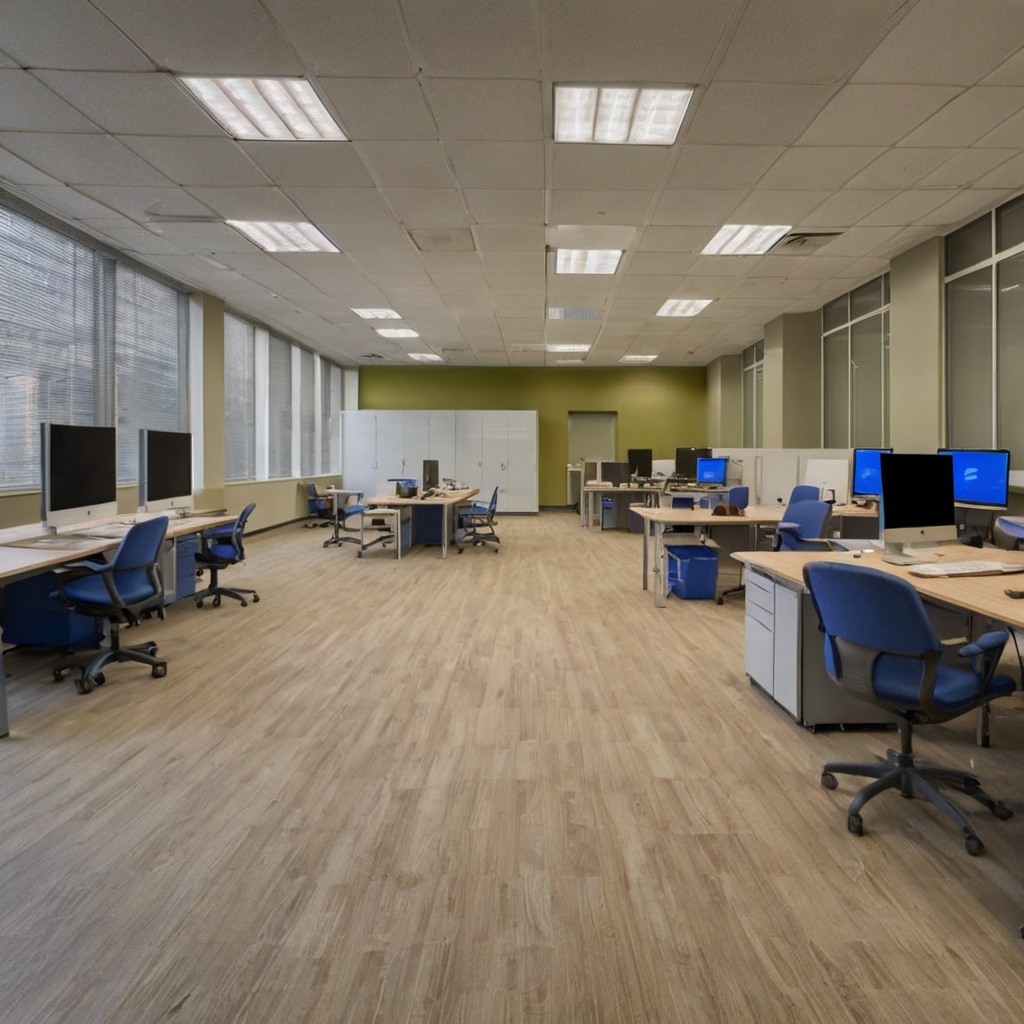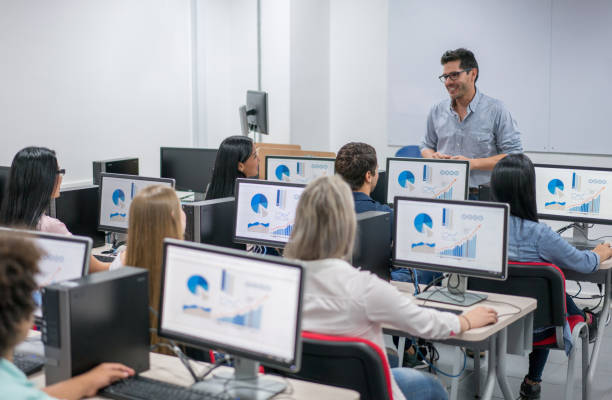A training institute feasibility study is a crucial step to ensure the success and goal achievement of the project. This study aims to analyze all aspects related to establishing the institute, including financial, marketing, organizational, and operational components. It begins with an analysis of the target market to assess the demand for training services and specialized courses, along with a review of the competitive landscape. The study includes estimating startup and operational costs—such as rent, equipment, staff salaries, and administrative expenses—while determining appropriate pricing structures for training courses based on total costs and projected returns. Moreover, the study outlines effective marketing strategies aimed at attracting trainees and building a strong reputation for the institute in the market. It also covers legal considerations, including licensing requirements and regulatory conditions needed to start operations. The feasibility study further evaluates the project’s potential profitability while identifying ways to minimize associated risks. Ultimately, a training institute feasibility study is a comprehensive document that provides investors with clear insights, helping them make informed decisions to ensure the project’s success and long-term sustainability.

A training institute is an educational center aimed at equipping individuals with the skills and knowledge necessary to enhance their capabilities and develop their competencies across various fields. The institute focuses on offering specialized training courses that meet current market demands and the requirements of modern job roles.
It provides comprehensive training programs covering a wide range of disciplines, such as information technology, management skills, languages, and professional development. Notably, the institute relies on highly experienced trainers to deliver high-quality education that combines both theoretical knowledge and practical application, ensuring trainees gain a solid understanding of concepts and effectively develop their skills.
The institute also offers an interactive learning environment that encourages continuous participation and engagement from learners.
When preparing a feasibility study for a training institute, several key factors are considered to ensure the success of the project. The study emphasizes the importance of offering flexible programs tailored to the needs of both companies and individuals, along with providing innovative solutions that enhance professional performance and support career advancement. This positions the institute as a strategic partner in achieving long-term success.



The institute offers a wide range of courses across various disciplines.
It provides remote training options without requiring physical attendance.
It relies on experts with practical experience in their respective fields.
It issues internationally recognized certificates that enhance employability.
It offers customized training programs tailored for companies and individuals.
The institute emphasizes hands-on training and active participation.
It helps trainees develop their skills in line with market needs.
It provides professional consultations to improve performance and increase productivity.
Executive summary
Study project services/products
Market Size Analysis
Risk Assessment
Technical study
Financial study
Organizational and administrative study

The Education Sector in GCC Countries
Because “Mashroo3k” Economic Consulting and Market Research Company believes in the importance of the education sector and its role in localizing national labor, it presents below the key indicators of the educational sector in GCC countries, thereby encouraging investment in this vital sector:
The total number of students in the Early Childhood Development stage (including nurseries and kindergartens) in GCC countries, according to the latest available statistics, reached 851.5 thousand students.
The number of school education students in the GCC was estimated at 9.3 million students (79.4% in the public sector and 20.6% in the private sector).
The number of adult education center learners was estimated at 181,247 students.
The number of higher education students was 2,206,446 students.
The number of early childhood education teachers was 50,647 teachers.
The number of school education teachers was estimated at 727,904 teachers.
There are 5,806 educational institutions operating at the early childhood stage.
There are 32,310 educational institutions operating at the school education stage.
Over the past years, governments in GCC countries have sought to bridge the gap between education and the labor market. They have adopted curricula that increase the share of vocational and technical education and encourage learning through modern media and technologies. It is also worth noting the increase in government spending by these six countries on education and its quality to graduate generations that meet the private sector’s labor needs.
According to the latest statistics:
Saudi Arabia spends 18.9% of its budget on education.
The UAE spends 14.8%.
Oman spends 12.2%.
Bahrain spends 9.8%.
Kuwait spends 12.3%.
Qatar spends 10.5% of its budget on education.
By the year 2023, the value of the private education market in GCC countries is expected to reach $26.2 billion.
The Global Education Sector:
The size of the global educational services market reached approximately $2,882.52 billion by the end of 2021, and global experts expect it to reach $3,191.79 billion by the end of 2022 — achieving a compound annual growth rate (CAGR) of 10.7%.
By 2026, the market value is projected to increase to $4,623.90 billion, achieving a CAGR of 9.7% over the forecast period.

By 2030, the global value of education as an industry is expected to reach $10 trillion USD.
By 2024, the global online education market is projected to reach $247.46 billion USD.
The AI-powered education market is expected to expand at a compound annual growth rate (CAGR) of 36% from 2022 to 2030.
In the year 2000, the number of pupils worldwide was approximately 657 million, and this number increased to 739 million by 2019.
In 2000, the number of secondary education students was around 452 million, rising to 601 million by 2019.